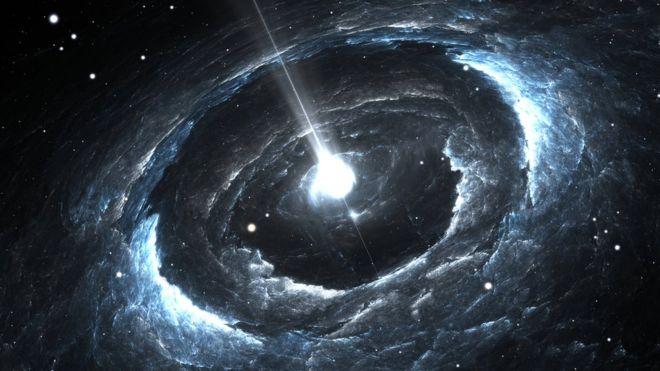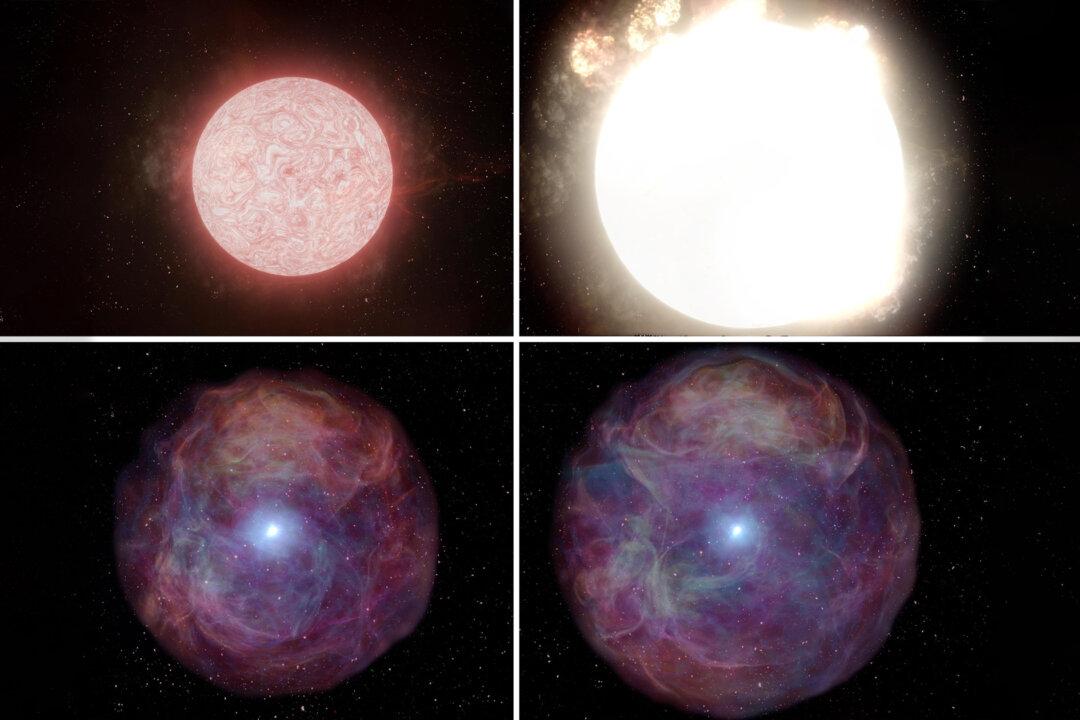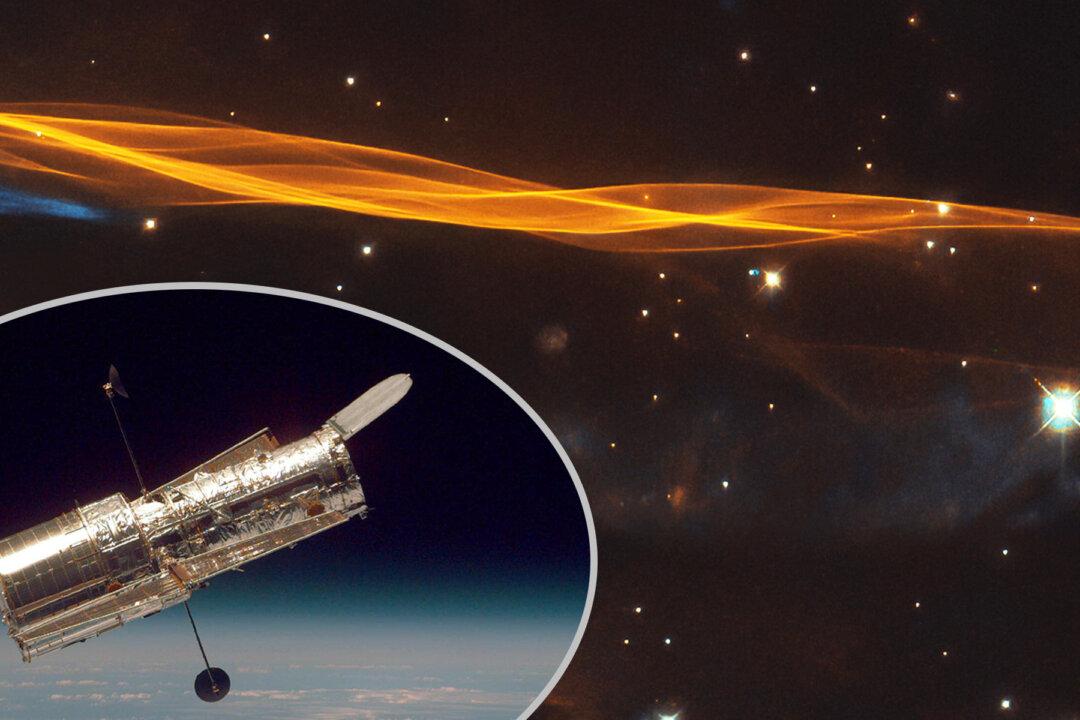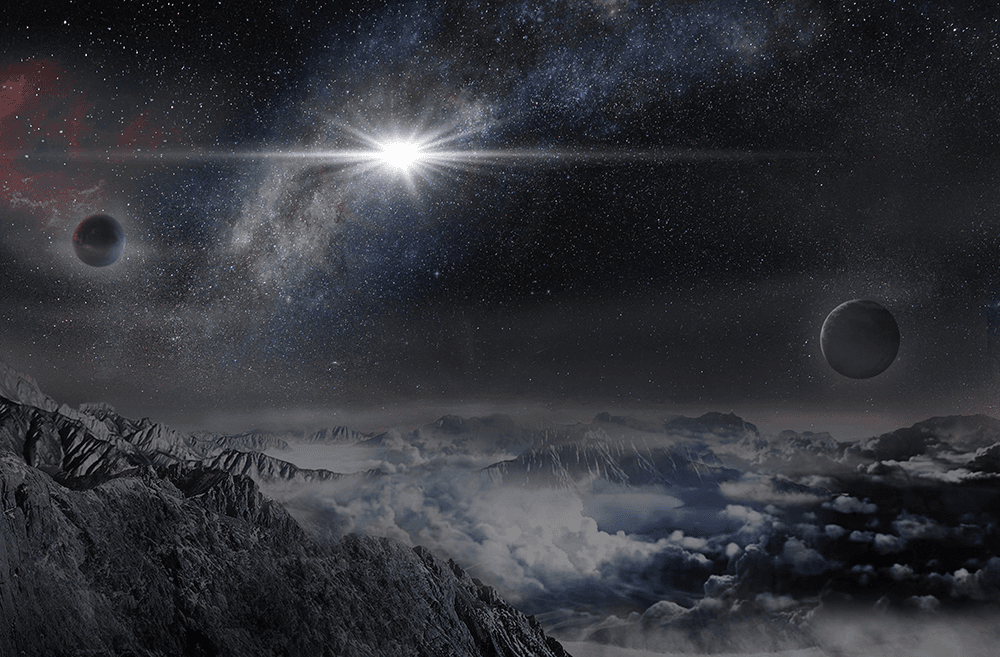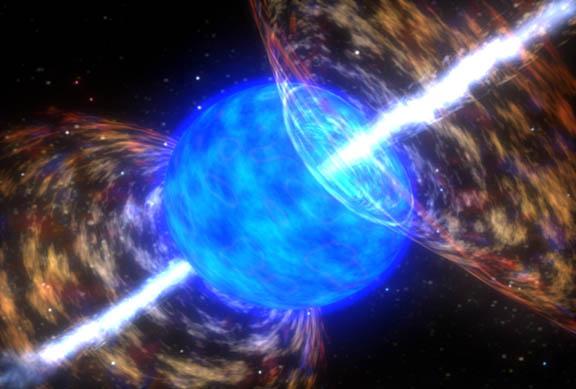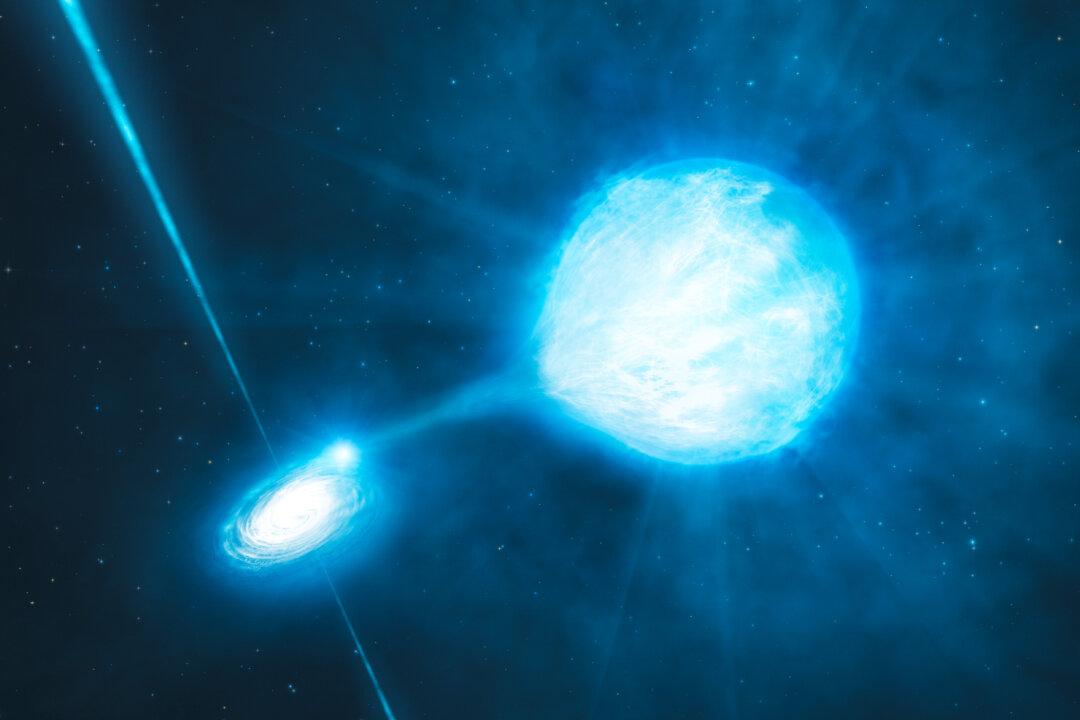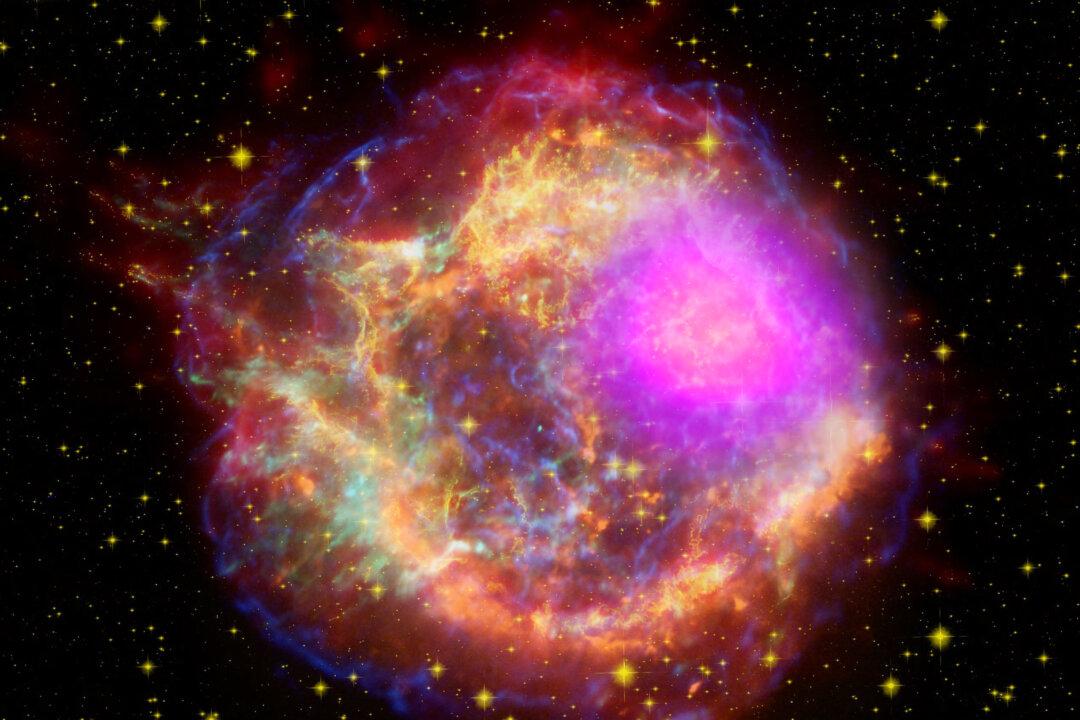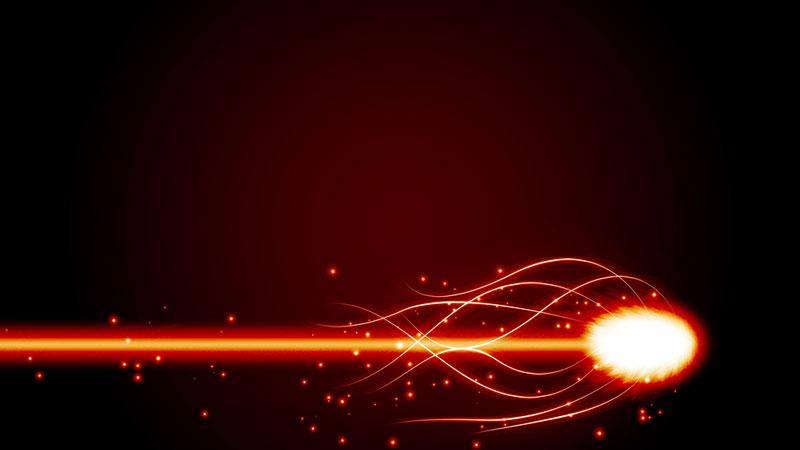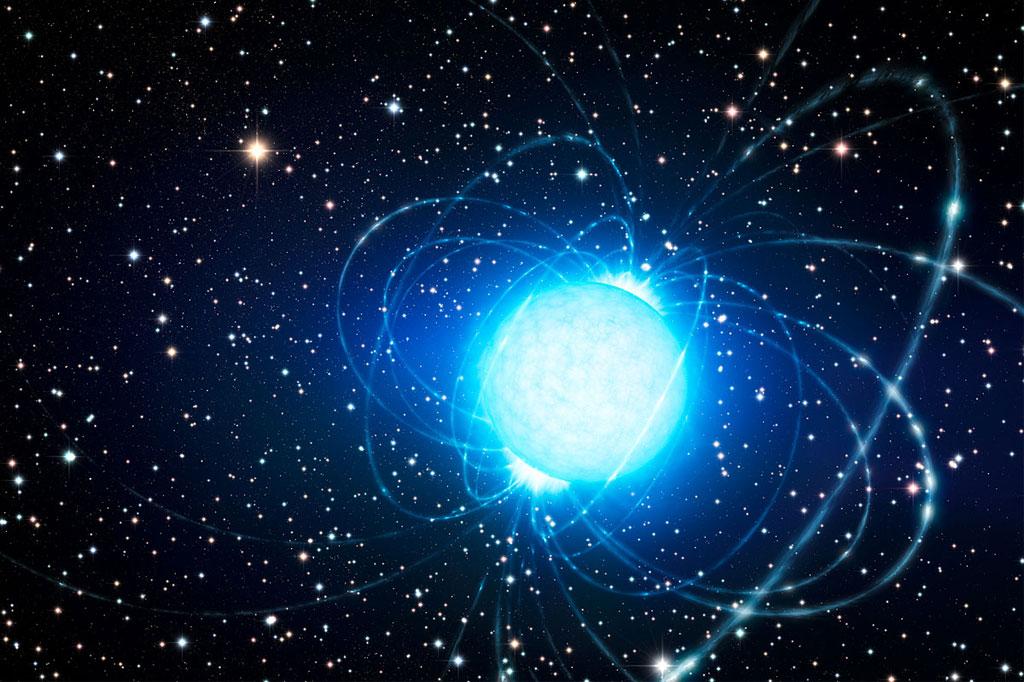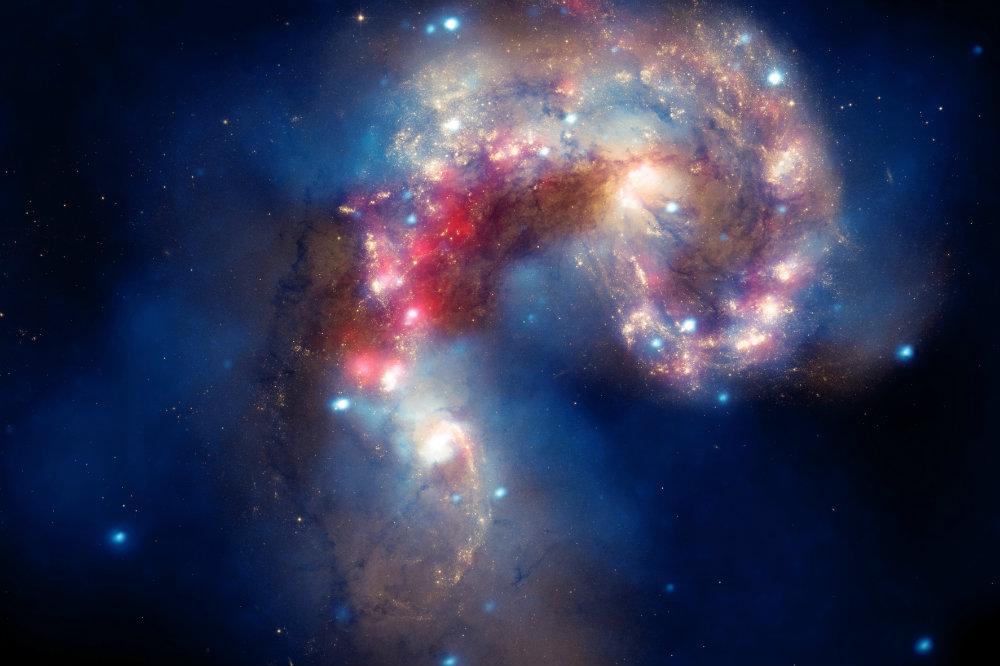Focus
supernova
Supernova: Scientists Report Cosmic Explosion Brighter Than the Milky Way
The ASASSN-15lh may be the brightest supernova explosion ever recorded.
|
How Do Jet-Powered Hypernovae Get Their Oomph?
When certain massive stars use up all of their fuel and collapse onto their cores, explosions 10 to 100 times brighter than the average supernova occur.
|
On Second Glance, Exotic Star System Looks a Bit Ordinary
New data from a distant galaxy suggests a puzzling stellar phenomenon may not be what astronomers have long believed.
|
3D Model Shows Giant Star’s Final Moments
Giant stars die violent deaths. After a life of several million years, they collapse into themselves and then explode in what is known as a supernova.
|
Clues to Supernovae Mystery Found at The Bottom of the Ocean (Video)
In examining a layer of seafloor sediment, researchers learned that regular supernovae may not have had much to do with delivering key heavy metals to Earth.
|
Brightest Dead Star Ever Discovered in the Universe (Video)
The brightest pulsar ever recorded has been discovered by astronomers using NASA’s Nuclear Spectroscopic Telescope Array, or NuSTAR. Pulsars are also called dead stars because they are what’s left after a supernova explosion, and belong to a class called neutron stars.
|
Laser ‘Supernova’ Mimics Magnetic Fields in Space
At the Vulcan laser facility in the UK, scientists recreated a supernova in an attempt to find out more about the origin of magnetic fields.
|
‘Supernova in a Bottle’ Will Help Create Matter From Light
In 1934, two physicists came up with a theory that described how to create matter from pure light. But they dismissed the idea of ever observing such a phenomenon in the lab...
|
A Rare Magnetic Star Is Born—With a Push in the Right Direction
Magnetars are stars that are incredibly dense, rapidly spinning, amazingly hot and the most magnetic objects known in the universe.
|
Wonders of Space in Photos: Mars Sand Dunes, Galaxies Colliding, Stars Exploding
It’s a beautiful universe ... take the tour.
|
Supernova: Scientists Report Cosmic Explosion Brighter Than the Milky Way
The ASASSN-15lh may be the brightest supernova explosion ever recorded.
|
How Do Jet-Powered Hypernovae Get Their Oomph?
When certain massive stars use up all of their fuel and collapse onto their cores, explosions 10 to 100 times brighter than the average supernova occur.
|
On Second Glance, Exotic Star System Looks a Bit Ordinary
New data from a distant galaxy suggests a puzzling stellar phenomenon may not be what astronomers have long believed.
|
3D Model Shows Giant Star’s Final Moments
Giant stars die violent deaths. After a life of several million years, they collapse into themselves and then explode in what is known as a supernova.
|
Clues to Supernovae Mystery Found at The Bottom of the Ocean (Video)
In examining a layer of seafloor sediment, researchers learned that regular supernovae may not have had much to do with delivering key heavy metals to Earth.
|
Brightest Dead Star Ever Discovered in the Universe (Video)
The brightest pulsar ever recorded has been discovered by astronomers using NASA’s Nuclear Spectroscopic Telescope Array, or NuSTAR. Pulsars are also called dead stars because they are what’s left after a supernova explosion, and belong to a class called neutron stars.
|
Laser ‘Supernova’ Mimics Magnetic Fields in Space
At the Vulcan laser facility in the UK, scientists recreated a supernova in an attempt to find out more about the origin of magnetic fields.
|
‘Supernova in a Bottle’ Will Help Create Matter From Light
In 1934, two physicists came up with a theory that described how to create matter from pure light. But they dismissed the idea of ever observing such a phenomenon in the lab...
|
A Rare Magnetic Star Is Born—With a Push in the Right Direction
Magnetars are stars that are incredibly dense, rapidly spinning, amazingly hot and the most magnetic objects known in the universe.
|
Wonders of Space in Photos: Mars Sand Dunes, Galaxies Colliding, Stars Exploding
It’s a beautiful universe ... take the tour.
|

